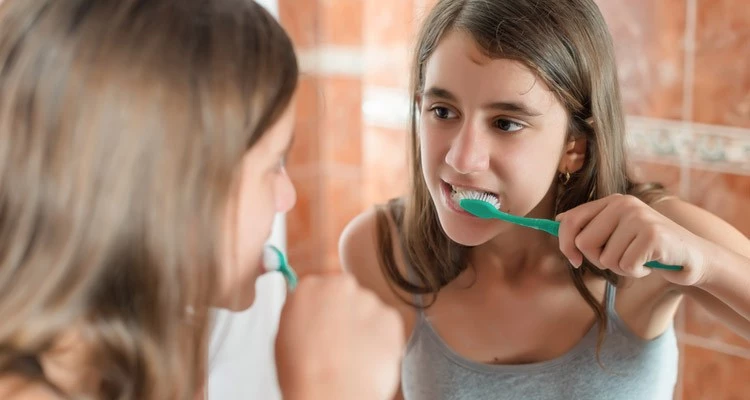What Is the Most Effective Way for Tooth Brushing Education among 12-Year-Old Children?
Long-term effectiveness of oral health education is questionable. The appropriate method for behavioral change needs to address the capability, opportunity and motivation.
A group of dental researchers evaluated the efficiency of tooth brushing education through lecturing, video and pamphlet modes and found that these methods could reduce dental plaque index almost similarly. This workgroup recommended that future oral health promotion programs should use such oral health education methods and set them to the unique resources of the settings.
The study was conducted on 12-year-old children who were divided into 3 groups: 1 for lecturing, 1 for video and 1 for pamphlets. Plaque index was measured immediately after 24 hours of training and 2 months thereafter. Statistically significant reduction of the plaque index was reported in all children in both intervals after training when compared to the control group. Surprisingly, the lowest plaque index score was found in the pamphlet group, followed by video and lecture at 24 hours. On the long term, the lowest plaque index score was observed in the lecturing group, followed by video and pamphlet.
However, previous literature also reported that leaflets are more effective than videos; in addition, boys are more responsive to pamphlets than girls. This important notice is explained as different gender preference toward educational material in different socio-cultural influences. Three main learning ways exist, namely, writing, audio-visual and oral methods. The pamphlets need to be provided with practical tutorial as well as a space for children to report their daily brushing behavior; they also must have an attractive design to grab children’s attention.
Videos have the advantages of audio-visual attractiveness and the possibility to repeat them without modifying the quality and quantity of data for the group. Lecturing needs a dental model with simple equipment and easy demonstration and allows children see to closely the brushing procedure.

